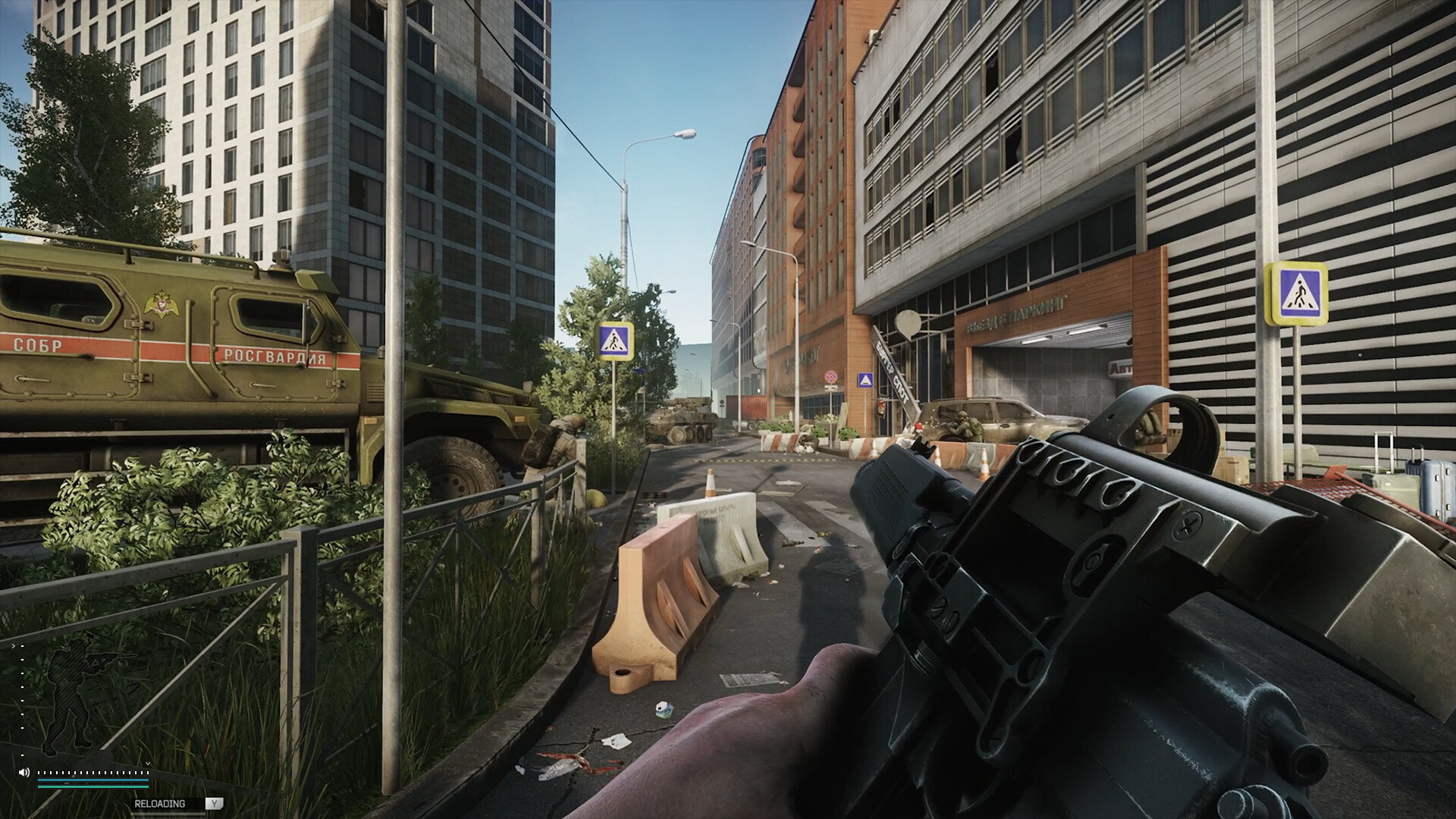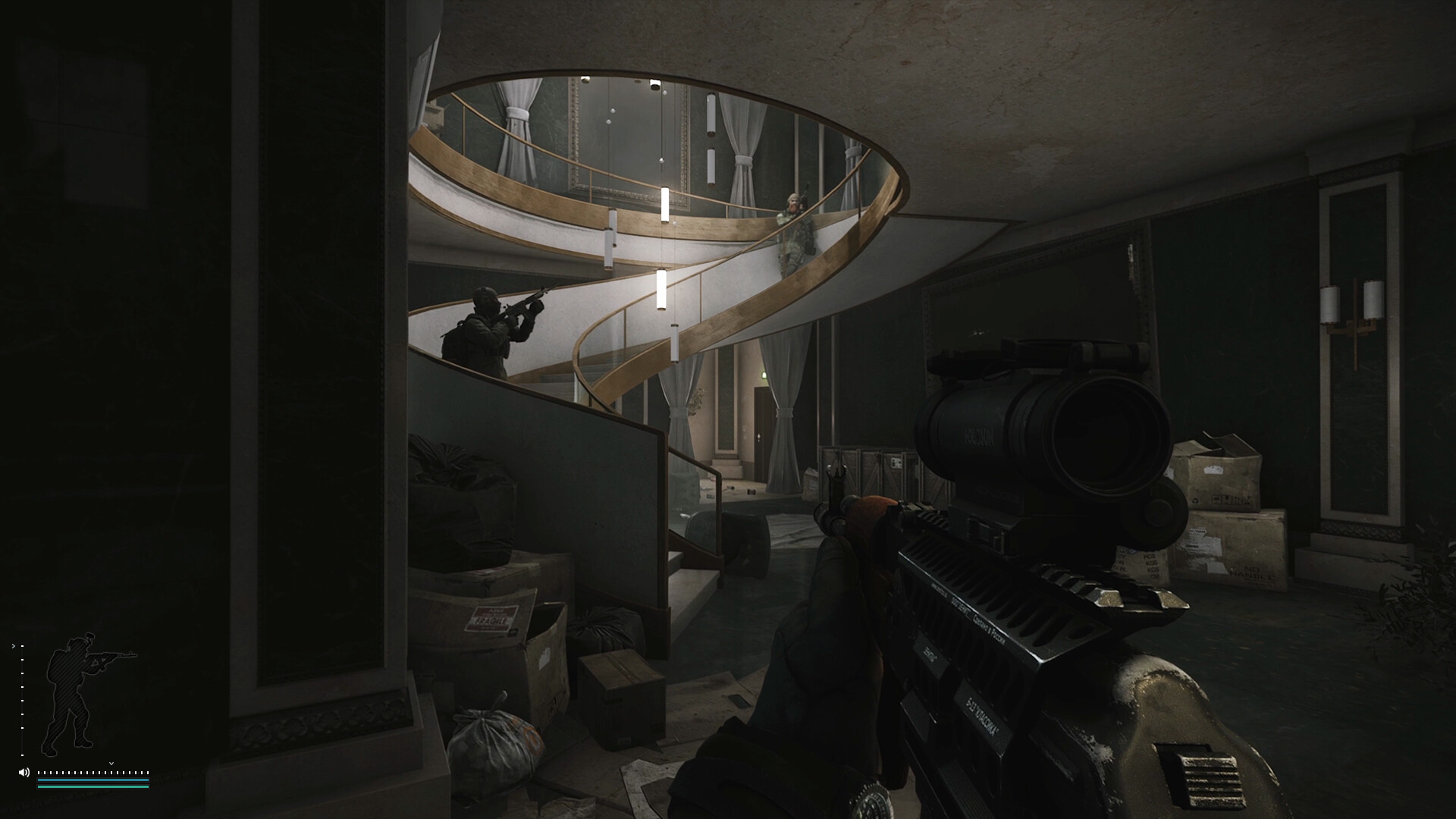Discover how Air Cooling can provide incredible value in 2025, with key considerations including performance, efficiency, and more.
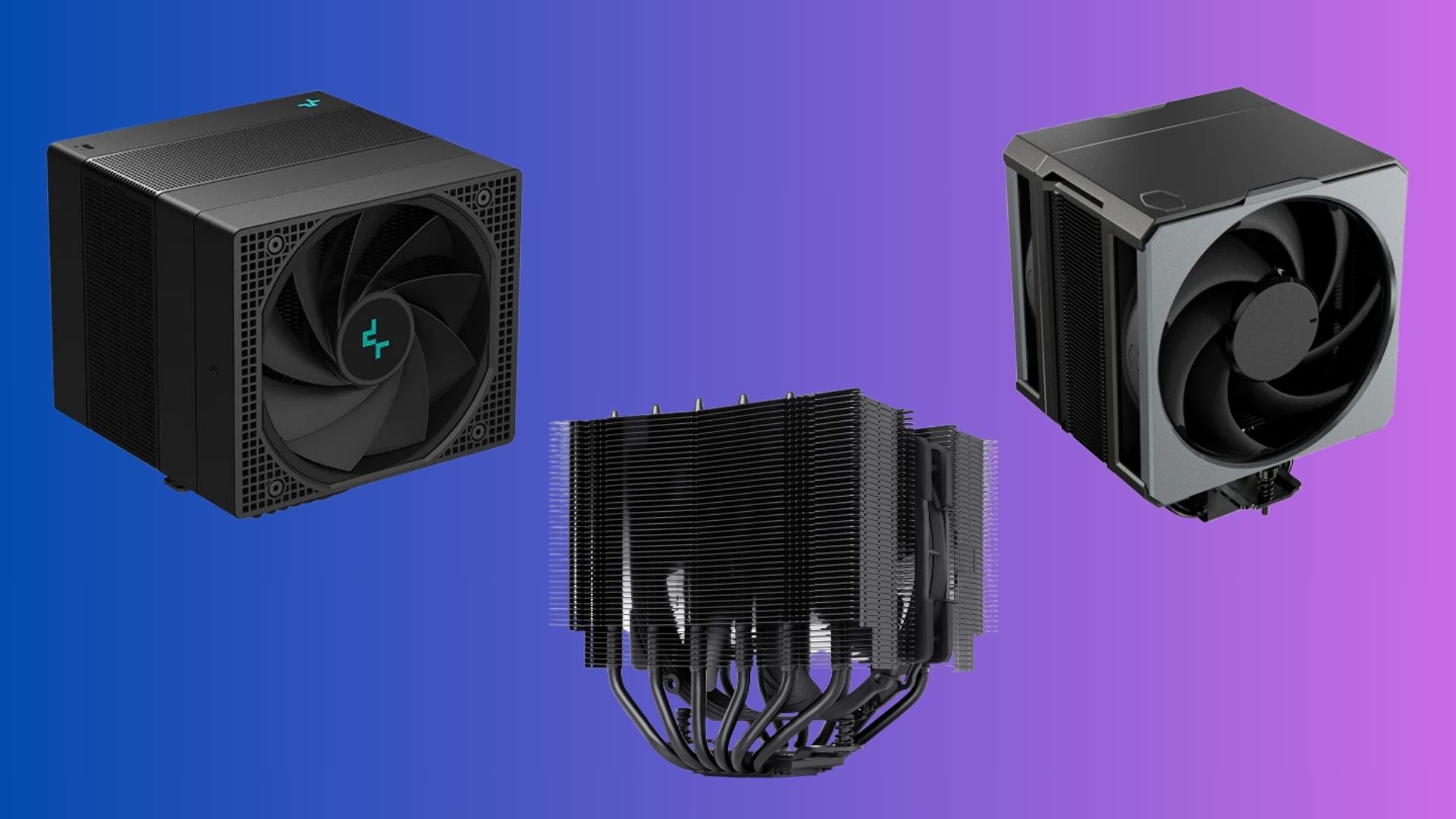
There has been an ongoing debate between budget liquid coolers and similarly priced tower air coolers. The reason being, AIOs on the cheaper side don’t perform adequately or even come close to the delta Ts in measure when compared to something like the Thermalright Peerless Assassin.
The potential drawbacks of an AIO are likely the core reason why people prefer air cooling again, especially as CPUs become hotter, and modern-day builders are incredibly talented and make informed choices when building their rigs. Let’s dig in further:
Air Cooling: Performance Parity Achieved
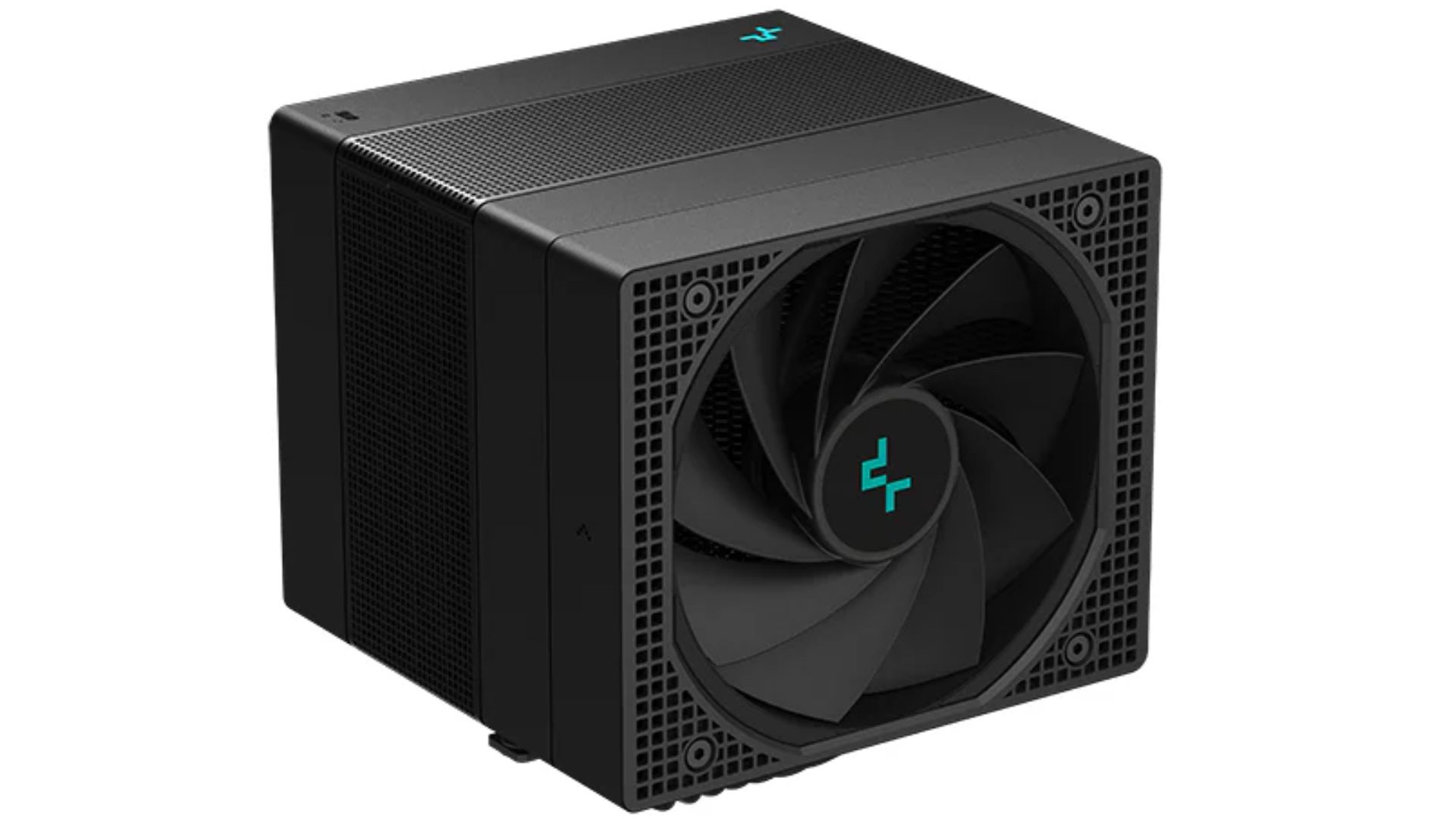
As mentioned, air coolers in the budget, such as the Thermalright Peerless Assassin or the Phantom Spirit 120, priced below $50, can easily sustain a Core i7 14700K at Intel’s suggested settings, which translates to around 253W of heat. An AIO with this level of heat dissipation will cost over $100 easily, and even then, there will still be a slight chance of failure, such as the liquid inside overheating rapidly, ambient temperature fluctuations, or issues during cleaning.
The average gamer doesn’t want to deal with that. They come home from work, fire up their PC, hop into a game of Valorant, CS2, or something like Valheim or Minecraft — and that’s it. They don’t care about pump curves or coolant lifespan, all that shenanigans that come with an AIO. What they want from vendors is simple: “It just works.” And that’s precisely what air coolers deliver.
AMD’s Efficiency Revolution
Credit where it’s due, AMD has pulled off some wild numbers with the Ryzen series. Since the 5000 series, power efficiency, thermals, and gaming performance have surpassed those of Intel.
That said, the 7000 and 9000 series do run hot, with temperatures reaching 95 °C or higher under load. But that’s expected behavior. Even if you slap a 420mm AIO on a 7950X or 9950X, it’ll still run hot. Why? Because the more thermal headroom your cooler gives, the harder the PBO2 algorithm will push the CPU to boost.
The fix? Use Curve Optimizer and set a temperature limit in BIOS. You’ll be surprised how cool and quiet these chips can run once you start tuning. It’s a night-and-day difference from stock, to the point where you can pair it with the Peerless Assassin or Deepcool AK400, and it will just work. 16 Cores, $35 cooler, it just works, and that alone is impressive in itself.
Innovation Drives Competition
Noctua, or more like the king of CPU air cooling, is coming up with their thermosiphon technology — and yeah, it’s exactly as ridiculous as it sounds. What it does is combine air cooling with liquid cooling, but without the need for a pump. That’s right, no pump, no moving liquid parts, just physics doing its thing. Now, in layman’s terms, what this does is utilize phase change and gravity to circulate liquid passively.
For example, when the CPU heats up, the fluid inside the thermosiphon vaporizes and then rises to the condenser, similar to a radiator. It cools down, turns back into a liquid, and then drops back down. This entire process is rinse and repeat, and there is no pump noise, no risk of your pump dying in the middle of the night and waking you up, just a natural, self-sustaining cycle.
With this, you get liquid cooling level performance without an AIO, with no headaches, no maintenance, no pump wear, and no ticking noise at 2 AM. Just firing and forgetting.
If Noctua pulls this off, it will change everything we know about coolers and alter our expectations of what is possible. And knowing Noctua, they won’t release their prototype until it’s dialed in to perfection, just like they did with their NH-D15 G2. After a decade, they returned, demonstrating what perfection is.
Cost-Conscious Market Response
In a market where GPU prices are comparable to those of used cars, most gamers aren’t exactly lining up to spend $100–$300 on an AIO just because it features an OLED screen. And for what? To stare at CPU temps or watch a GIF of a cat sitting on your pump?
As mentioned earlier, with a bit of tuning, a $35 air cooler can handle 16-core CPUs, or even something like the 14700K, without breaking a sweat. On top of that, you’re immune to all the hidden costs and headaches that come with an AIO: pump failures, liquid degradation, weird noises, and eventual replacement.
Form Factor Evolution
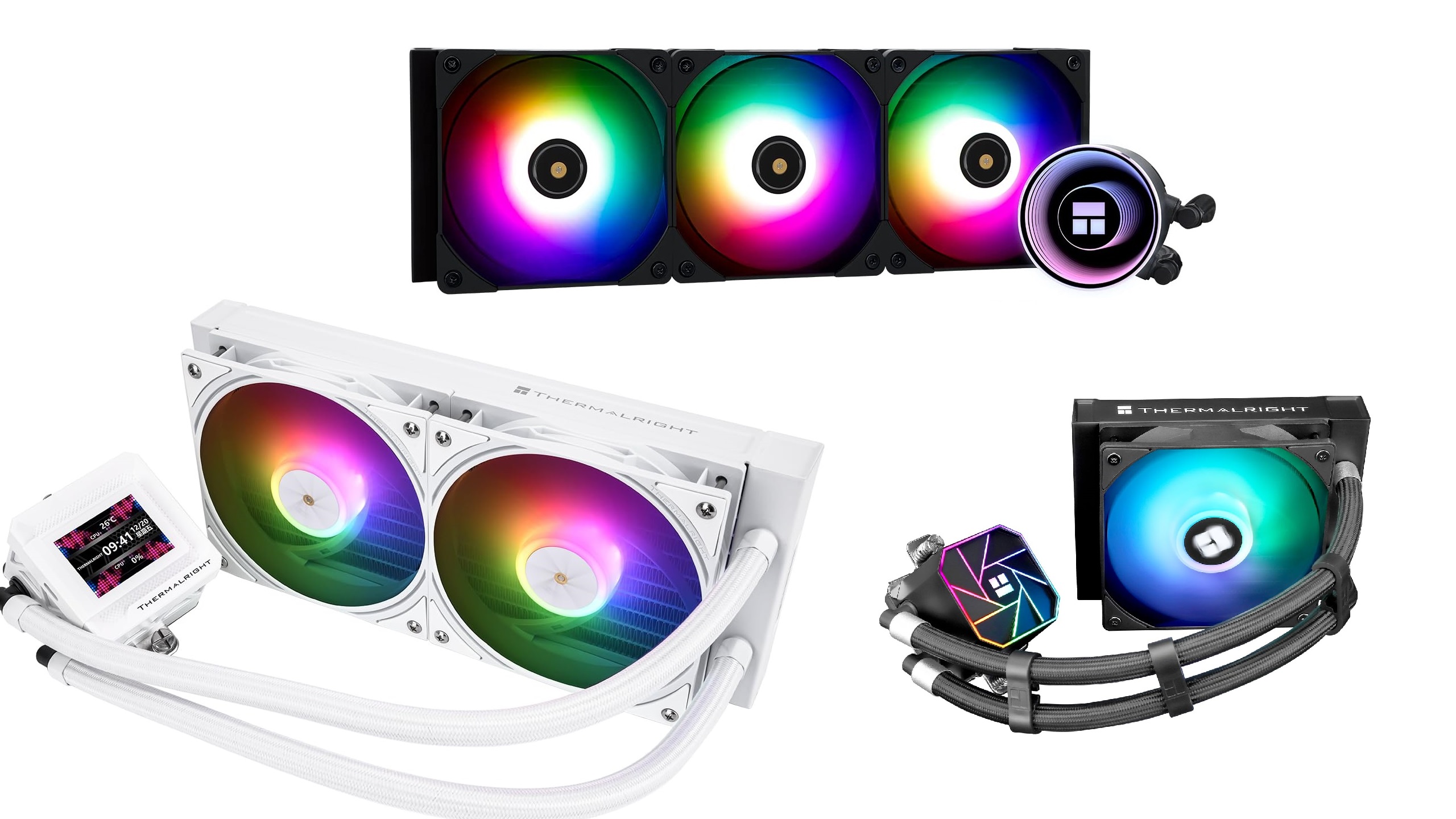
Now, this is the only place an AIO takes the cake. In exceptional use cases, such as SFF (Small Form Factor), an AIO can do what an air cooler cannot. Although low-profile air coolers are still available, they perform best in their tower format. 120mm single AIOs are available at a remarkably affordable price, and can effectively cool a powerful CPU inside your SFF case.
However, the situation changes when the user favors glass-sided cases, as twin-tower designs maximize cooling surface area without the complexities that an AIO provides.
Conclusion
In reality, if you check Steam hardware charts, most gamers are using an RTX 4060, a Core i5 at maximum, or a Ryzen 5, which suggests that gamers prefer budget-oriented mid-range hardware. For this use case, air coolers make the most sense.
The complexity of liquid cooling becomes an unnecessary overhead, adding to all the hidden maintenance costs. Air cooling is indeed making a comeback in 2025; brands like Thermaltake, Deepcool, and Noctua continue to prove this point.
Looking For More Related to Tech?
We provide the latest news and “How To’s” for Tech content. Meanwhile, you can check out the following articles related to PC GPUs, CPU and GPU comparisons, mobile phones, and more:
- 5 Best Air Coolers for CPUs in 2025
- ASUS TUF Gaming F16 Release Date, Specifications, Price, and More
- iPhone 16e vs iPhone SE (3rd Gen): Which One To Buy in 2025?
- Powerbeats Pro 2 vs AirPods Pro 2: Which One To Get in 2025
- RTX 5070 Ti vs. RTX 4070 Super: Specs, Price and More Compared
- Windows 11: How To Disable Lock Screen Widgets
 Reddit
Reddit
 Email
Email
